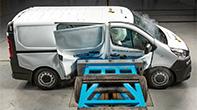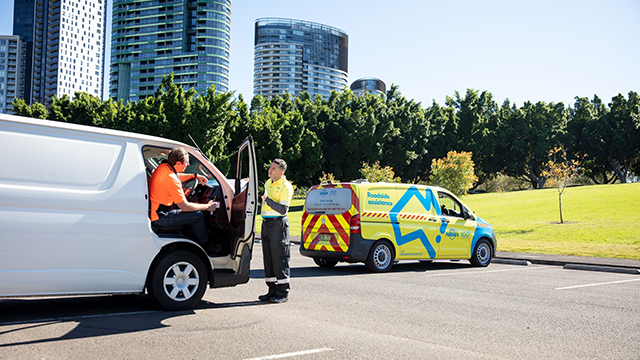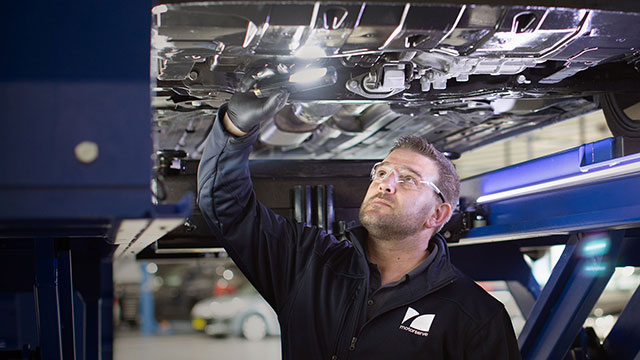A breakdown is an inconvenience for anyone. But for a business, having a vehicle out of action on company time can have widespread consequences.
That’s because vehicles are more than just a way to get from A to B for most modern companies. Whether you’re a tradie using your ute to move between jobs, an aged care worker checking on elderly clients in their homes, a logistics company making deliveries, or a salesperson attending client meetings – vehicles are now an extension of the workplace. And just as it’s important to maintain tools in a factory, you also need to maintain the equipment staff are using on the road.
Here are some surprising facts about breakdowns, their repercussions, and what you can do to prepare your business for when they do occur.
Breakdowns happen more often than you think
In 2020 alone, the NRMA answered 1.3 million calls for roadside assistance. That equates to an average of 3,531 calls for help every day. And of those breakdowns, around 50,000 were business vehicles.
Most common reasons members call us for help:
- Flat battery
- Wheel and tyre issues
- Electrical fault
- Locked-out
Why breakdowns are bad for business
Breakdowns can have a big impact on the bottom line in a number of ways:
- Lost earnings: Losing sales through missed appointments or failing to make deliveries.
- Reparation costs: Forced to issue refunds or compensate customers for losses or inconvenience they’ve experienced.
- Reputational damage: A failure to meet delivery expectations can leave customers disgruntled and result in negative reviews.
- Health and safety: Businesses have a responsibility to ensure employee health and safety on the road. Breaking down in an unsafe area, exposure to the elements, and lack of food or water can have serious safety implications.
- Security: Abandoned vehicles, particularly if stocked with goods, can be an attractive target for thieves and vandals.
- Loss of productivity: With a vehicle and employee/s out of action, a business’ output can be strained.








